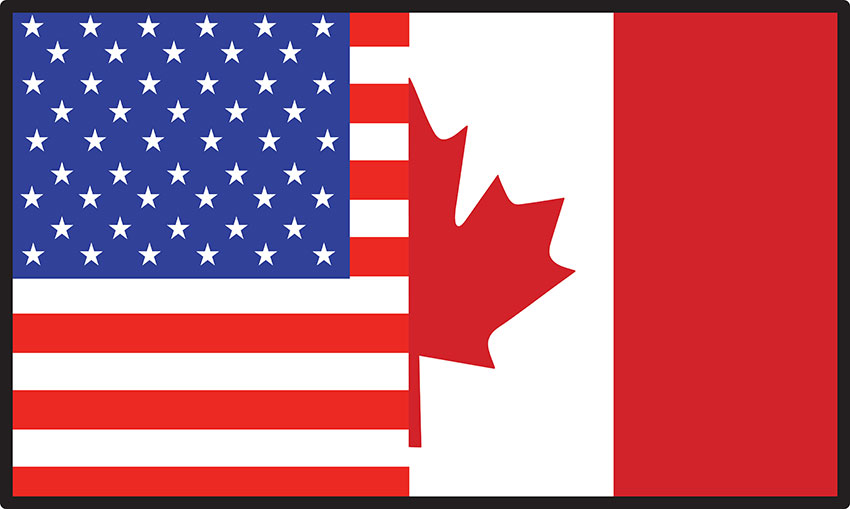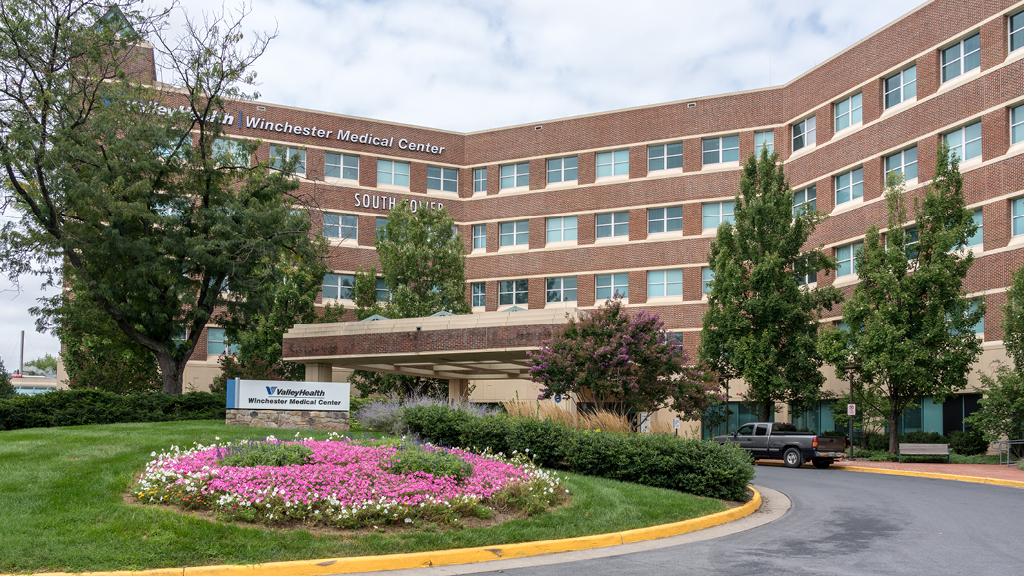Jobs: Nursing Hierarchy In the U.S. Explained
By Conexus MedStaff - Posted Feb 17, 2020

Just like in Canada, U.S. healthcare facilities have a nursing hierarchy that defines their organizational structure. Nurses are tiered by their level of education, licensure, and years of experience.
While nursing career paths in the US and Canada are similar, there are some key differences. To demonstrate, the Conexus team has provided an example of a typical nursing hierarchy in the US so you can see how your career could progress stateside.
Certified Nursing Assistant (CNA)
The bedrock of medical care, CNAs provide the frontline of contact between medical staff and patients, assisting them in daily activities. While they don’t make medical decisions or diagnose conditions, they deliver essential care to patients, such as helping them to bathe, dress, eat, and use the bathroom.
Steps to becoming a CNA:
-
High school diploma or GED
-
Complete state-approved CNA training
-
Complete in-person clinical requirement
-
Pass certification exam and get listed on your state’s CNA registry.
Licensed Practical Nurse (LPN)/Licensed Vocational Nurse (LVN)
LPNs and LVNs generally describe the same occupation. The difference between them comes down to the particular state in which the nurse practices. For example, those practicing in Texas and California are LVNs, while all other states apply the term LPN.
Responsible for a variety of patient duties, LPNs monitor patient health, and administer basic care. They report directly to registered nurses (RNs) and physicians and carry out tasks, including taking blood pressure, inserting catheters, starting IV drips, and changing bandages. Additionally, they will communicate with patients and family members to educate them on care plans.
Steps to becoming an LPN/LVN:
-
High school diploma or GED
-
Obtain diploma via college or accredited online course (not all states require a diploma)
-
Pass the National Council Licensure Examination (NCLEX).
Registered Nurse (RN)
While the majority of RNs work in hospitals, they can also be found in clinics, physicians’ offices, home care settings, critical and long-term care facilities, governmental organizations, the military, schools, and rehabilitation facilities.
Duties of RNs vary depending upon where they work. Still, RNS are typically responsible for recording patient medical history, monitoring symptoms and medical equipment, administering medicine, establishing or contributing to a care plan, performing diagnostic tests and collaborating with physicians. With concentrated training or certifications, RNs can focus on a medical specialty, such as geriatric, neonatal, surgical, or emergency care.
Steps to becoming an RN:
-
Complete accredited RN program
-
Pass NCLEX exam
-
Obtain a state license
-
Secure employment
-
Pursue training and education to specialize/progress.
Advanced Practice Registered Nurse (APRN)
APRNs are RNs who have earned their Master of Science in Nursing (MSN). In many jurisdictions, APRNs can practice, order tests, and prescribe medications as independent practitioners. In other jurisdictions, they must practice under the supervision of a physician or a collaborative physician agreement. The four recognized APRN roles are Nurse Practitioner (NP), Certified Nurse-Midwife (CNM), Clinical Nurse Specialist (CNS), and Certified Registered Nurse Anesthetist (CRNA). APRNs also operate in one of the six patient population focus areas:
- Acute care
- Adult health
- Family health
- Gerontology health
- Oncology
- Pediatric/child health
- Psychiatric/mental health
- Women’s health
Steps to becoming an APRN:
-
Complete MSN degree specific to an APRN role and patient population focus area
-
Achieve national certification in an APRN role and population
-
Obtain state licensure.
Want To Find Out More About Nursing In The US?
For more tips and advice on moving to the US, and find out how Conexus can help you on your journey, apply today.



